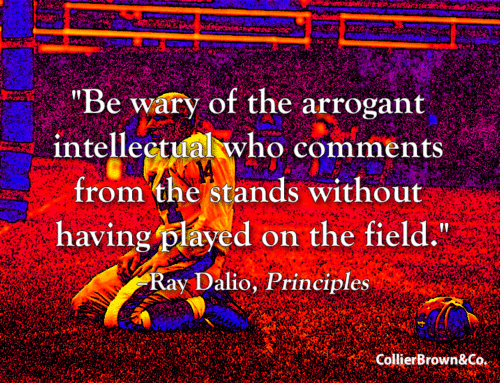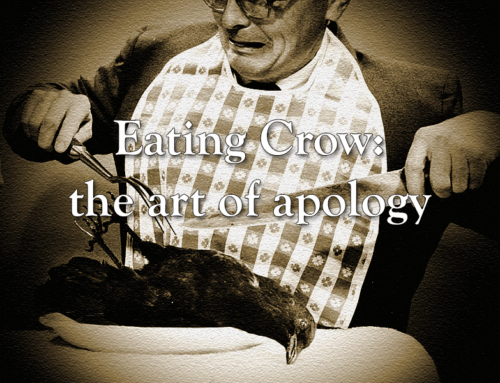Communication is more that speaking words. It’s more than just delivering content. Consider Albert Mehrabian, Professor Emeritus of Psychology at UCLA, who has become known by his work on the relative importance of verbal and nonverbal messages. He drew two conclusions from his research. First, that there are basically three elements in any face-to-face communication:
- Words
- Tone of voice
- Nonverbal behavior (e.g., facial expression, body language)

Author, Malcolm Gladwell describes “thin-slicing” in his book Blink: our ability to gauge what is really important from a very narrow period of experience. Gladwell extends this to our instinctive ability to mind read, which is how we can get to know what emotions a person is feeling just by looking at his or her face.
Looking deeper to the studies of Paul Ekman, a psychologist who created the Facial Action Coding System, we see that a lot of “thin slicing” can be done within seconds by unconsciously analyzing a person’s fleeting look called a micro-expression. Ekman claims that the face is a reflection of what is going on inside our mind. Although many facial expressions can be made voluntarily, our faces are also dictated by an involuntary system that automatically expresses our emotions.
What does it matter and what do you believe? When there is a breakdown, a disconnect, or a misalignment between the content of your words, your visual cues and the vocal tone of your message, your credibility, and thus your ability to influence others, diminishes.
Our brains pick up on this disconnect quickly. Then what do you believe? Most people believe the visual and vocal over the words. Rarely do words trump body language. Rarely. When you ask a colleague how she’s doing and you get, “Oh, I’m fine” as she slams her bag to the floor with a scowl on her face, what do you believe?
Our thin-slicing brains are scanning for authenticity to make a simple “I believe/I don’t believe” decision. Disconnect equals “don’t believe.”
If you want to be perceived as authentic in your communications, align all three factors at the same time.
In Other Words…
“Few realize how loud their expressions really are. Be kind with what you wordlessly say.” ― Richelle E. Goodrich
“Every action or perceived inaction shapes credibility.” ― Mindy Hall, Leading with Intention: Every Moment Is a Choice
“Emotional leakage refers to emotional information that we pass on to others through our body language. This information might be conveyed unintentionally, through a threatening gaze, a haughty stare, or a cold or aloof manner. These micro-expressions may be fleeting, but audiences are able to detect them.” ― Bruna Martinuzzi, Presenting with Credibility
“You can fool some of the people all of the time, and all of the people some of the time, but you can not fool all of the people all of the time.” ― Abraham Lincoln
In The Word…
“Even small children are known by their actions, so is their conduct really pure and upright?”
– Proverbs 20:11 NIV







